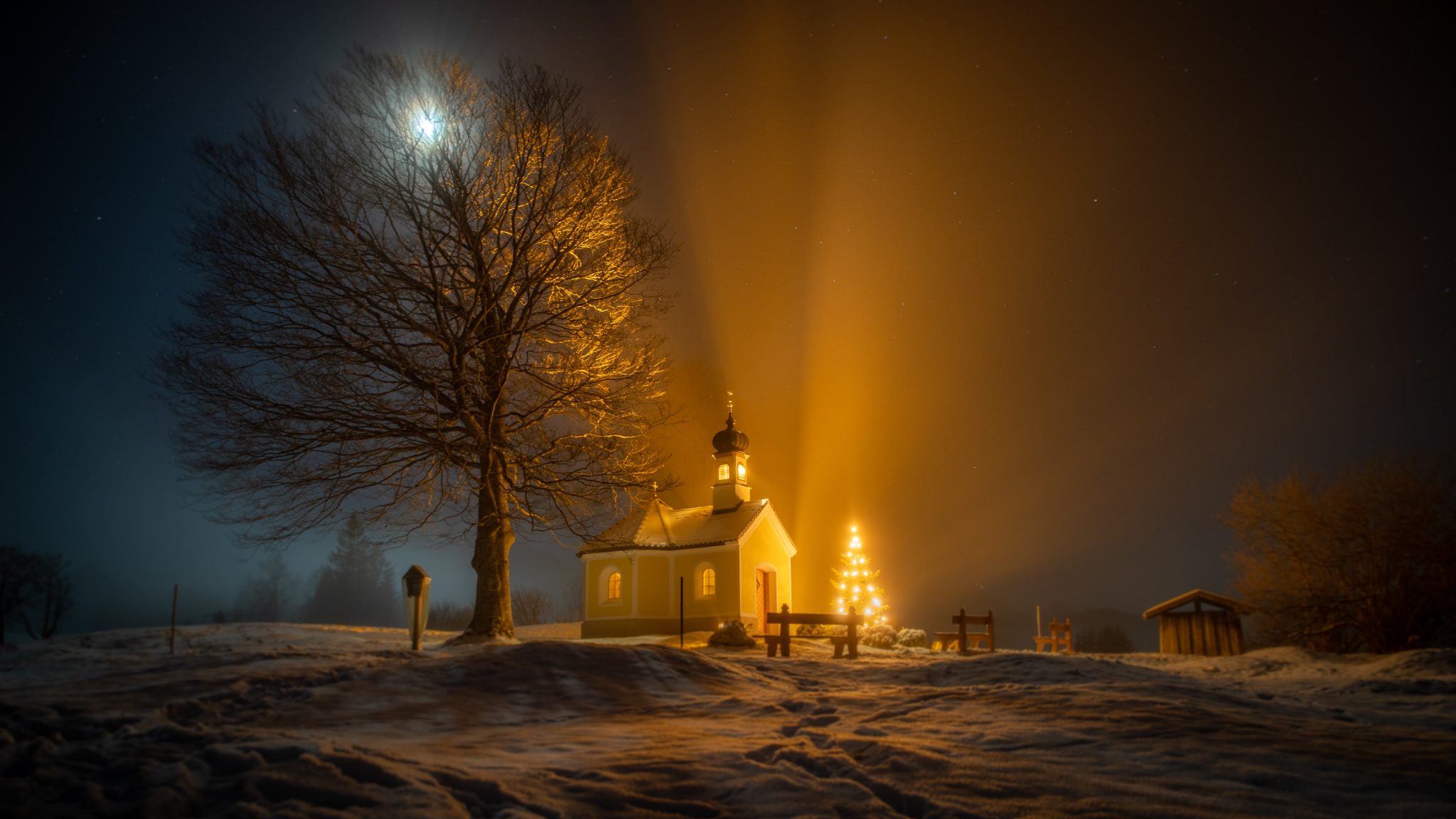Ah, the Christmas Advert. A sentimental symbol of the coming season; a herald of the most wonderful time of the year. Over the last decade, the Christmas ad has evolved into a genre unto itself. No advert genre has sparked so much conversation and controversy. These days they look more at home on the silver screen than in your living room. Love them or hate them, one cannot deny the cultural impact the Christmas advert has had on the British public.
Every Christmas, always around the dinner table, the debate as to which company did it best always becomes heated. Some feel it got too political, others feel the plot just wasn’t there. And, as the only filmmaker in my family, I always get the same question:
“Hey, Jon, how’d they get it to look like that? All movie-like?”
Well, allow me to explain once and for all. Read on to hear some of the tips and tricks production crews use to add that little extra spice to raise their film from great to brilliant, hopefully helping you to raise your production value at your next shoot.
The Lights
If you’ve ever tried to take a selfie under fluorescent office lighting, you’ll get the importance of this one. Lighting will set the tone of a scene; it can transform it from a cosy winter cabin to a spooky, haunted cabin with a flick of a switch.
Productions spend a lot of time getting the lighting perfect, to the point where it can be replicated time and time again (there’s always the threat of a reshoot). Using light modifiers, filmmakers can make the lighting harder, softer, wider, narrower, and turn it to any colour they like. For Christmas scenes like the one’s we’re seeing this year, you’re going to want a balance of soft, warm-coloured light with broad, cold light. This combination creates a cosy, wintery feel. Take this year’s Tesco Christmas Advert. When outdoors, the light is high and cool, whereas indoors it is low, gentle, and warm.
Next time you’re setting up to film something, stop and think of the light. Where does light come from in this space? How can I use artificial lighting to sculpt the scene? Do my lights match the natural light’s colour?
These are all questions filmmakers ask themselves when lighting a scene, and the more you practice, the more instinctively it’ll come.
The Camera
I feel confident in saying the camera is the most important thing on a film set. It’s the reason we’re all there in the first place. High-end film productions have specific demands from a camera system, which differ greatly from consumer-facing cameras. They are:
Image quality, customizability, and reliability.
Let’s use the famous RED system as an example. It’s been used across the globe in productions like Netflix’s Squid Game and BBC’s A Perfect Planet. Their cameras have the option to shoot up to 8k RAW footage, which is enough for even the biggest budget productions. They can be set up for any purpose – extra-long battery life and rugged housing for filming in the Arctic Circle, handheld rigs to get the shaky-cam action look, there’s even a way to attach it to the front of a car for chase scenes.
But image quality and customizability aren’t why these adverts look so cinematic. It’s all to do with how the camera moves.
Productions employ various techniques to create purposeful motion; every shake, sweep, and pan has been discussed, practised, and finalised before hitting the record button. The industry term for this is blocking, and it’s what sets apart amateur and professional productions. Blocking requires you to slow up, take a breath and think about how the camera – and audience – will view the scene.
The Action
So, you’ve set up the lighting, thought about blocking, and it all seems ready to go.
You hit the red button and shout;
“ACTION!”
Everything that happens after this point is your film, so it’s vital to get it right. A mistake I used to make while shooting was to stop paying attention when I hit the record button. I’d think; ‘My part is done, I’ve set everything up so it’s over to the director/interviewer now’, which couldn’t be further from the truth.
As the cameraperson, you’re the one who knows how you want it to look and feel. If you’re used to smaller productions, you’ll likely be the one editing it, you’re in the perfect position to give feedback on delivery. Take five minutes away from the crew to watch back what you’ve captured. If it doesn’t feel quite right, don’t be afraid to give it another go. Remember – it’s a lot easier to give it another go than organise a reshoot.
Summary
So, how did John Lewis get the ‘cinematic look’ this year? Was it that CG spaceship, or the downright gorgeous lighting? Well, in my opinion, it isn’t as simple as that. To me, the ‘cinematic look’ is all about polish.
I’ll admit, it’s a bit of a washy take, but slowing to holistically consider your scene before shooting will get you far in achieving the fabled ‘cinematic look’. It’ll give you a chance to correct any small blunders you wouldn’t usually notice and, more importantly, raise that production value a little.
So while you’re filming your Nan opening up her presents this Christmas, consider the tone of lighting, make sure to block your actors and camera, and remember; ask her to open it again to nail that take.
Happy Holidays everyone!


